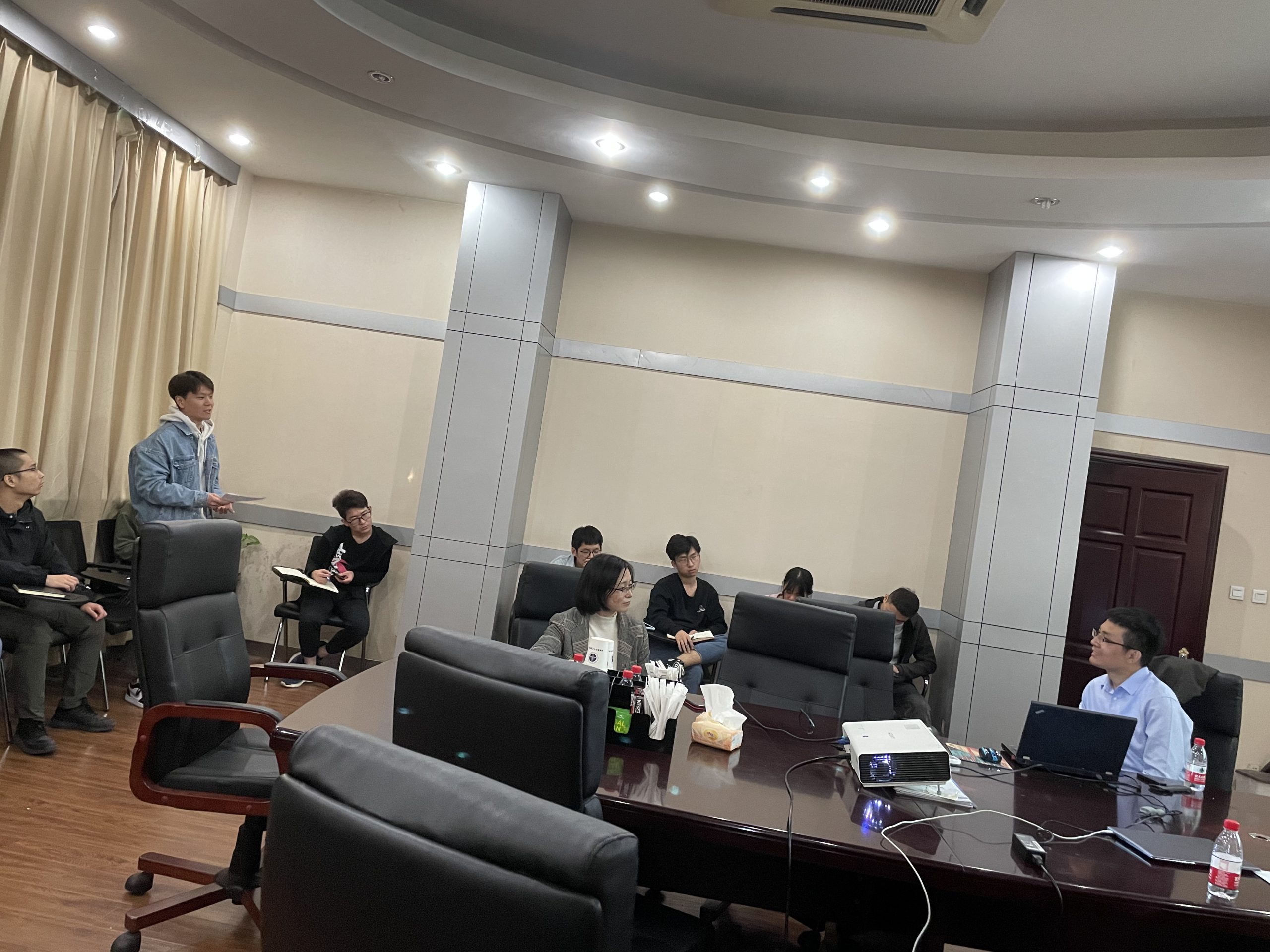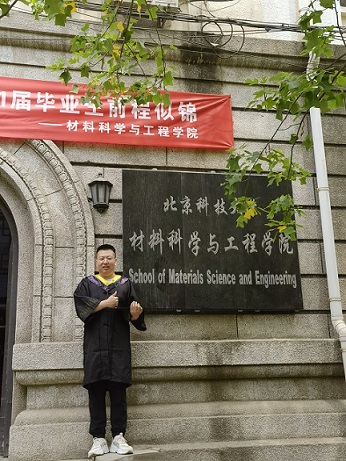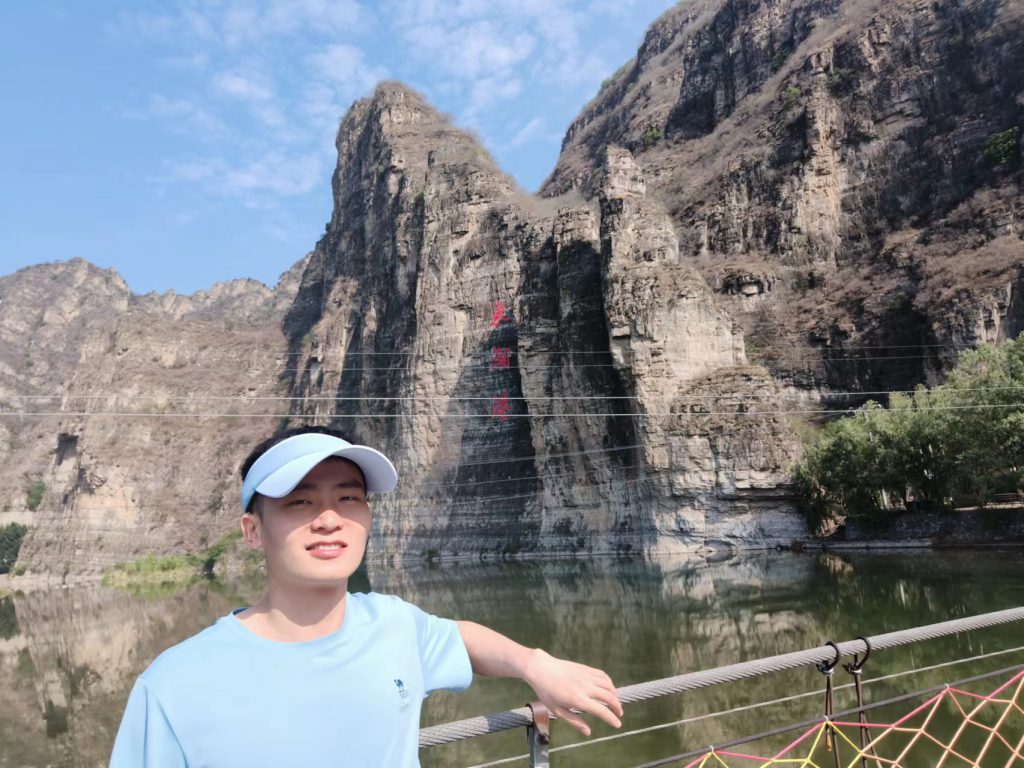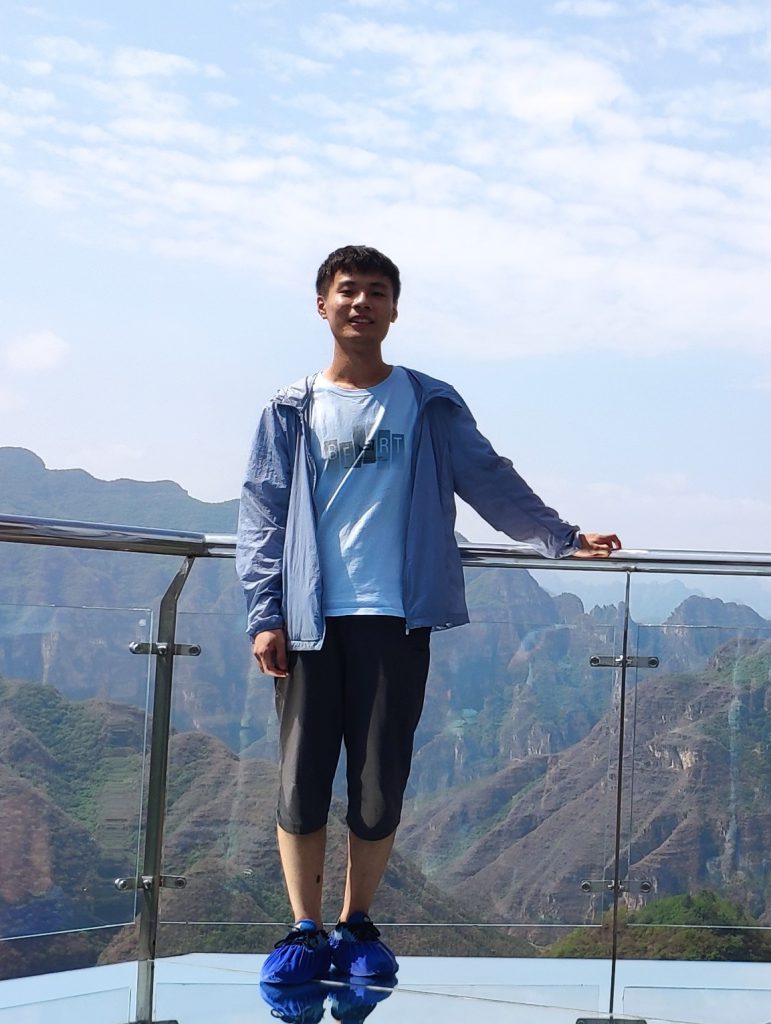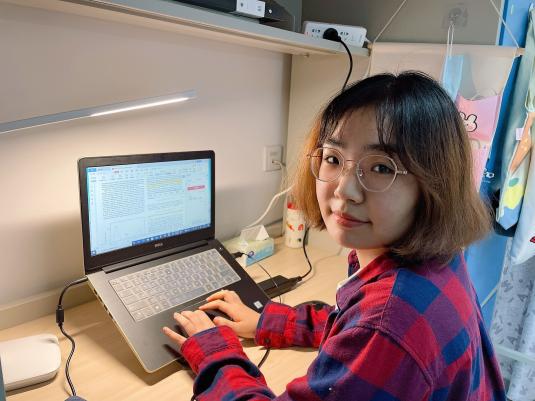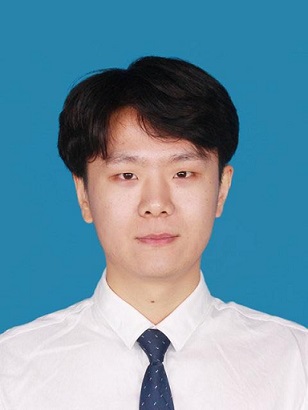Chem. Mater. 2021, 33, 21, 8360–8366 https://pubs.acs.org/doi/10.1021/acs.chemmater.1c02734

Energy transfer (ET) between optically active ions usually leads to luminescent concentration quenching and thermal quenching. Toward luminescence enhancement, it is very challenging to control the ET path. Herein, we demonstrated a strategy for selectively controlling ET pathway through the structural confinement effect for activated ions. In the Yb3+-doped Sr9Cr(PO4)7 (SCP) compound, Cr3+ ions are well separated from each other (≥8.97 Å), but they are close to Yb3+ ions (3.70–5.29 Å) due to structural confinement. Therefore, ET is depressed between Cr3+ ions but induced from Cr3+ to Yb3+ ions. On increasing Yb3+ concentration, the thermal stability of near-infrared emission is significantly improved. The emission intensity of the SCP:0.15Yb3+ phosphor at 375 K can keep 100% of that at 80 K. Finally, we show the potential applications of SCP:Yb3+ phosphor in food analysis and nondestructive examination fields. This study provides a new strategy for enhancing luminescence.





